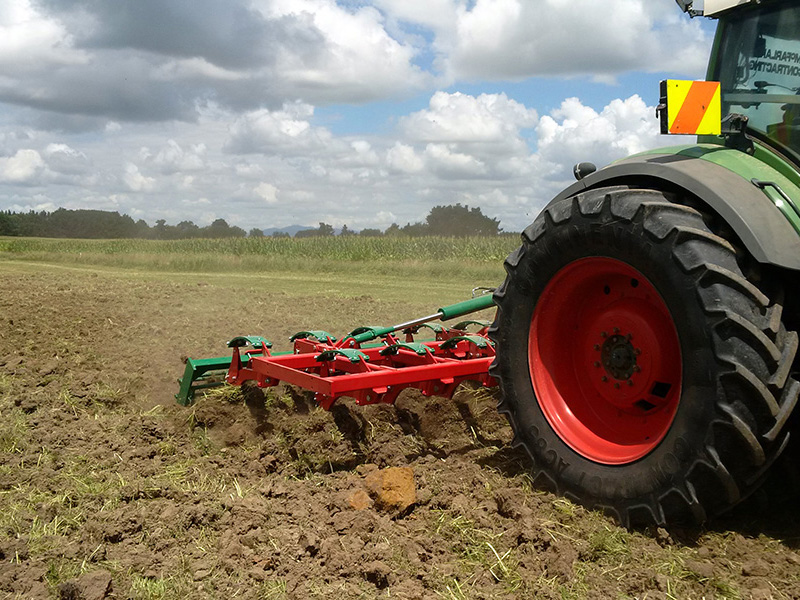Deep-ripping breaks up compacted soil layers mechanically by applying strong tynes with leaf springs that work at depth to break up compacted soil layers. Before deep-ripping, tine spacing, working depth, shallow leading tines or discs, soil moisture content, time, and soil type must all be addressed.
Every season, not all soils and crops respond well to deep ripping. When they do, though, the benefits usually continue for three seasons, or much longer if a traffic-control system is in place.
Where roots need to develop deep to reach subsoil moisture, deep ripping is most successful. Deep ripping benefits will be reduced if the soil below the ripping contains other restrictions, such as acidity, weak structure, or subsurface salt. To stabilise the soil, you may need to apply soil ameliorants like lime or gypsum.
It is feasible to inject lime into acidic subterranean soil beneath deep ripping tynes, but this is a time-consuming process that is difficult to scale up.
What is the benefit and cost of deep ripping?
Grain yield response to deep ripping on deep sands and sandy earths has tended to be large and consistent, mainly in locations with high and moderate rainfall (more than 350 millimetres). Depending on crop rotation and soil type, the benefits to these soils appear to extend at least three years.
Heavy-textured soils, such as sandy clay loams, loams, and even sodic clays, have been proven to be less productive when deep ripped. A recent study has found that while yield responses to deep ripping can be significant in the year the soil is ripped, the advantages can be fleeting in later years on some soil types.
Deep-ripping benefits are maintained by incorporating organic matter and gypsum, as well as minimising or preventing excessive compaction by implementing a controlled-traffic system.
When the loamy layer is shallower than the ripping depth, deep ripping duplex soils can be helpful because clay soil can be combined with sandy topsoil, enhancing surface soil cation exchange capacity and reducing water repellence.
Deep ripping sandplain soils cost between $40 and $50 per hectare. The draught force required to pull the deep working tines, as well as the impact this has on fuel consumption and power needs, are the key determinants of cost.
This can be mitigated by using a shallow leading tine ripper, which requires less effort to pull than a deep-ripper.
Key points about deep ripping
- The ripping tines must be able to penetrate the compacted soil layer just below the surface.
- The soil must be damp enough to allow the ripping tines to penetrate, but not so wet that the tines produce smearing instead of fracturing and shattering.
- A roller or soil packer behind the deep-ripper, or connecting wings behind the tines, can reduce the possibility of a rough soil surface or soft soil causing uneven seeding depth.
- If not treated properly, loosened soils can be more prone to compaction after deep-ripping. Before sowing, deep-ripped soil should be left to settle for at least two weeks.
- With the leading tine working at 10cm over clay-textured soil, research has shown that single shallow leading tines working in-line and ahead of the deep-ripping tine can lower the draught force by up to 18%.
- With the leading tine working at 10cm over sandy-textured soils, the draught force is reduced by 10%.
For more information about leaf springs and farm equipments visit our website now or contact us.



